

Chapter 1: The Perils of Tourism
Throughout history, humans have reaped what they’ve sown, often leaving an unforgettable mark on the environment. Some argue that progress inevitably comes at a cost, and this notion has been reinforced at every juncture of technological advancement. However, the peril lies in losing sight of the broader perspective, where the consequences of our actions are overshadowed by the present, and the future is obscured by the pursuit of immediate gratification. This takes a huge toll on both Global Health and the health and wellbeing of Travellers, and the people living in these tourist places.
One glaring example of this short-sightedness is the relentless promotion of tourism, an industry that sometimes takes a heavy toll on the environment. Across the globe, from the iconic canals of Venice to the picturesque landscapes of Himachal Pradesh, the influx of tourists has led to a surge in demands for amenities that cater to their desires and comfort. In the pursuit of satisfying these demands, local communities and corporate giants have, in some instances, compromised the very environment and culture that drew tourists in the first place.
There was a time when activities like trekking and rafting were integral parts of life, characterised by a connection to nature and an understanding of its rhythms. Retreats meant immersing oneself in the natural world, using its elements to reconnect with the environment. However, contemporary tourism has given rise to a different breed of travellers who seek the familiarity of urban comforts even in remote hill stations. The demand for luxury hotels, doorstep delivery of indulgences like waffles and hookahs, 24/7 heated water, extravagant yoga retreats, and readily available charging ports have transformed the serene landscapes. Mountains have been scarred by construction, grasslands have been scorched, and dams have disrupted the natural flow of rivers.

Nature, as it always does, pushes back. Reports of increased natural calamities such as tornadoes, floods, landslides, and volcanic eruptions have become increasingly common. Nowhere is this situation more dire than in regions like the Himalayas. Recent data from the Indian Space Research Organisation (ISRO) paints a worrying picture, revealing alarming subsidence rates in towns like Joshimath. This town, like many others in the Himalayan region, faces imminent threats from soil creep, landslides, and ground subsidence. The precarious stability of these towns arises from a complex web of ecological factors, including steep slopes, heavy rainfall, rampant deforestation, soil overloading, and geological vulnerabilities. Ill-conceived infrastructure projects, including hydroelectric ventures, wide roads, and tunnels, have further exacerbated the situation.
For safe urban development in mountainous regions, planning based on a careful assessment of an area’s carrying capacity is imperative. Regrettably, this critical step is often overlooked in the development planning of mountain towns in India.
Here are global examples that illustrate the perils of tourism and its impact on the environment:
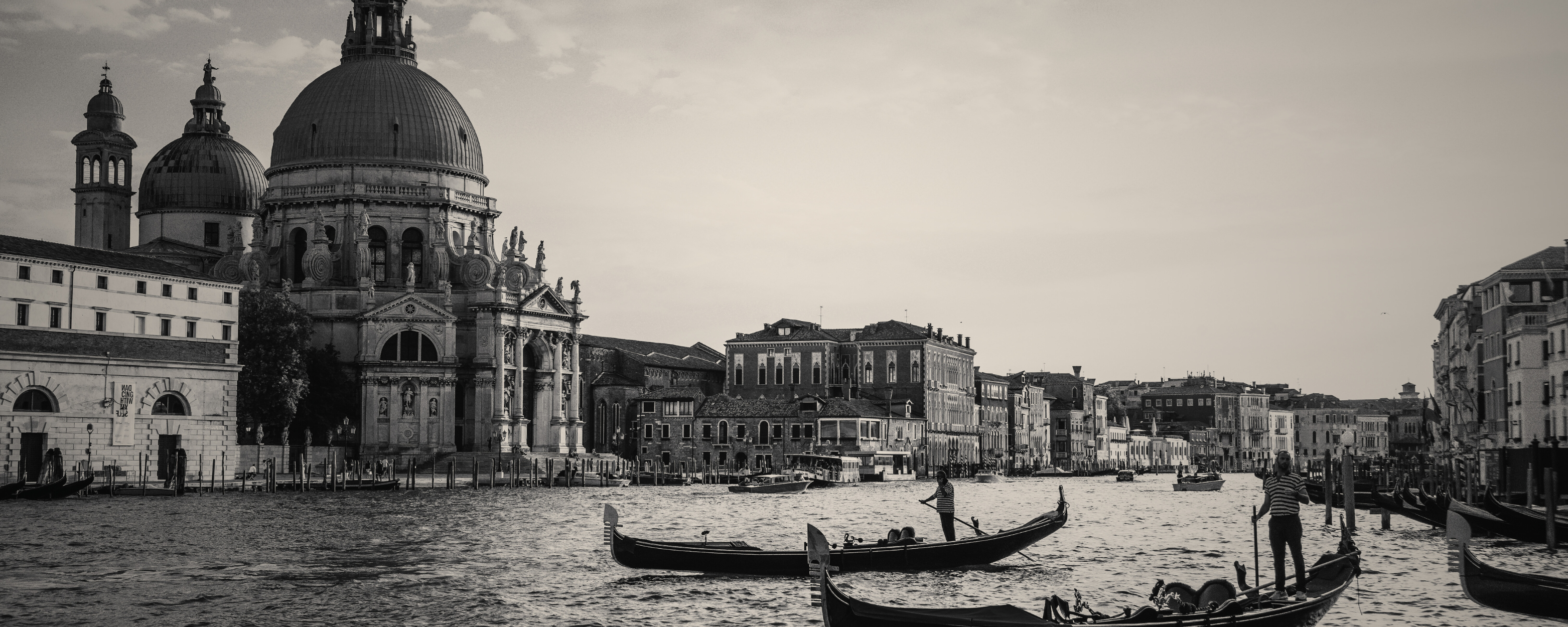
Venice, Italy: Protect the Gondolas! …this place is bloody Elegant!
Venice, often called the “Floating City,” is a unique and picturesque destination in northeastern Italy. It is famous for its exceptional beauty, rich history, and distinctive urban layout. Venice is a major tourist destination, drawing millions of visitors each year. While tourism brings economic benefits, it has also raised concerns about overcrowding, environmental impact, and the preservation of Venice’s unique character.
Venice has been struggling with the adverse effects of overtourism. The city’s fragile infrastructure and historic buildings have been burdened by the sheer number of tourists. Massive cruise ships, in particular, have raised concerns due to their impact on the delicate Venetian lagoon. Locals have protested against the inundation of tourists, and the city has implemented measures to limit visitor numbers and protect its cultural heritage. (Venice’s Battle Against Overtourism)
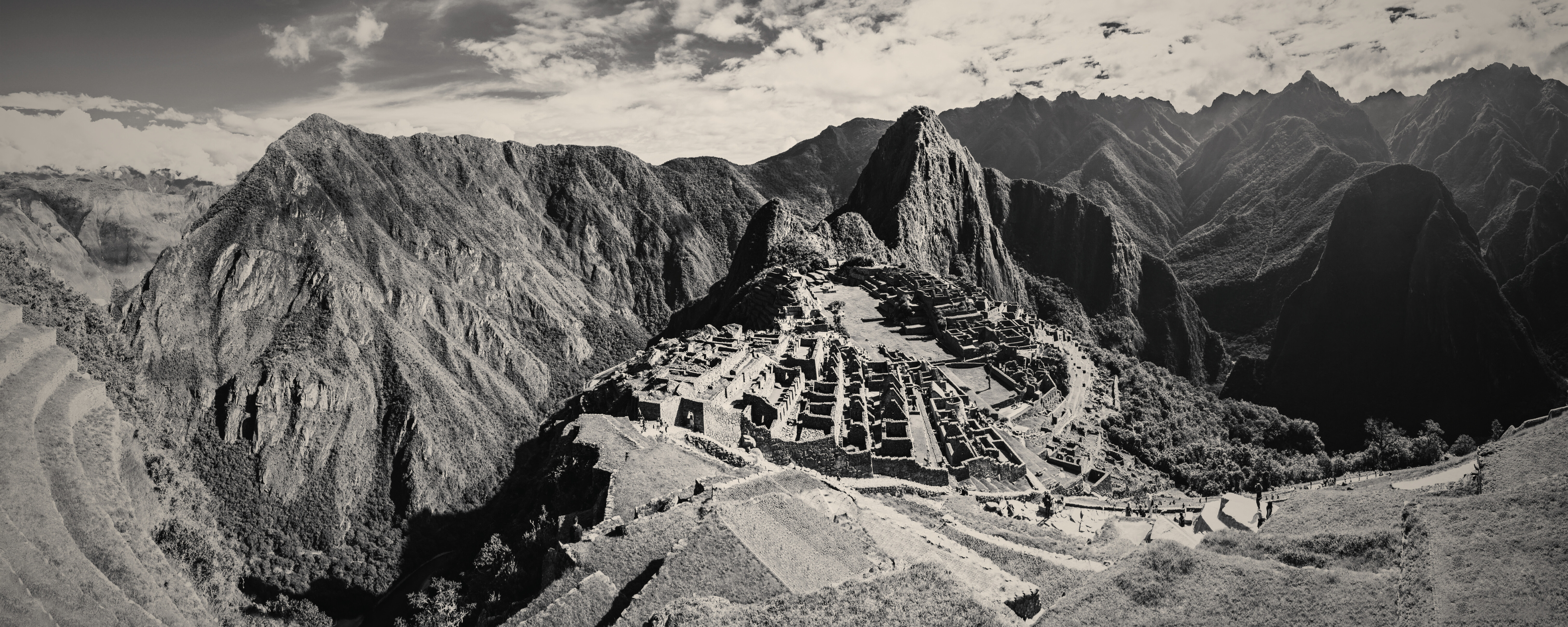
Machu Picchu, Peru: It's a Spiritual place, don’t litter! Please!
Nestled high in the Andes Mountains of Peru, Machu Picchu is a world-famous archaeological gem. Built-in the 15th century by the Inca Empire, this ancient citadel served as a royal estate and religious centre. Abandoned and hidden for centuries, it was rediscovered by Hiram Bingham in 1911. Renowned for its exceptional stone construction, precise layout, and advanced engineering, Machu Picchu offers valuable insights into Inca culture, spirituality, and daily life. A UNESCO World Heritage Site since 1983, it stands as an architectural marvel, attracting travellers worldwide to explore its well-preserved ruins, hike the Inca Trail, and immerse themselves in its rich history and breathtaking scenery.
Preservation Challenges: Today, Machu Picchu faces preservation challenges due to its popularity. The ancient Incan citadel of Machu Picchu in Peru attracts millions of tourists annually. However, the influx of visitors has raised concerns regarding soil erosion, damage to structures, and waste management. To mitigate these issues, visitor numbers have been restricted, and a timed entry system has been implemented to regulate access. Conservation efforts are ongoing to preserve this UNESCO World Heritage Site. (Preservation Challenges at Machu Picchu)

Bali, Indonesia: Do not put Strain on the Paradise…
Bali, often referred to as the “Island of the Gods,” is a tropical paradise nestled within Indonesia. It is celebrated for its captivating blend of natural beauty, cultural richness, and vibrant arts scene. The island’s diverse landscapes, from lush rice terraces in Ubud to pristine beaches in Seminyak and Uluwatu, showcase Bali’s stunning natural diversity. Bali’s volcanic mountains, including the iconic Mount Agung, contribute to the island’s dramatic scenery, creating a breathtaking backdrop for travellers. Visitors to Bali have the opportunity to immerse themselves in the island’s cultural riches, from witnessing elaborate temple ceremonies to enjoying traditional dance performances. Alongside its cultural treasures, Bali has evolved into a global tourism hub. The island offers a wide range of activities, from world-class surfing and snorkelling to exploring ancient temples and relaxing in luxury resorts.
Bali has experienced rapid tourism growth, leading to environmental problems such as plastic pollution and water scarcity. The overdevelopment of resorts and infrastructure has also disrupted the island’s delicate ecosystem. Bali is taking steps to promote sustainable tourism practices and reduce the environmental impact. (Balinese Efforts to Tackle Tourism Impact)

Great Barrier Reef, Australia: Mate, just don’t, they are pretty!
The Great Barrier Reef, located off the coast of Queensland, Australia, is the world’s largest coral reef system, covering over 2,300 kilometres. This natural wonder is renowned for its unparalleled biodiversity, featuring a kaleidoscope of coral formations and marine life, including vibrant fish, sharks, sea turtles, and colourful coral species. The reef’s sheer size and ecological significance make it a UNESCO World Heritage site and a critical part of our planet’s ecosystem. Unfortunately, it faces threats from climate change and pollution, highlighting the urgent need for conservation efforts to safeguard this irreplaceable marine treasure for future generations.
The Great Barrier Reef faces significant challenges due to tourism and climate change. Coral bleaching caused by rising sea temperatures has affected large portions of the reef. Increased tourism and boating activities also pose threats through physical damage, pollution, and anchoring. Efforts are underway to limit the impact of tourism, improve water quality, and combat climate change to safeguard this natural wonder. (Challenges Facing the Great Barrier Reef)
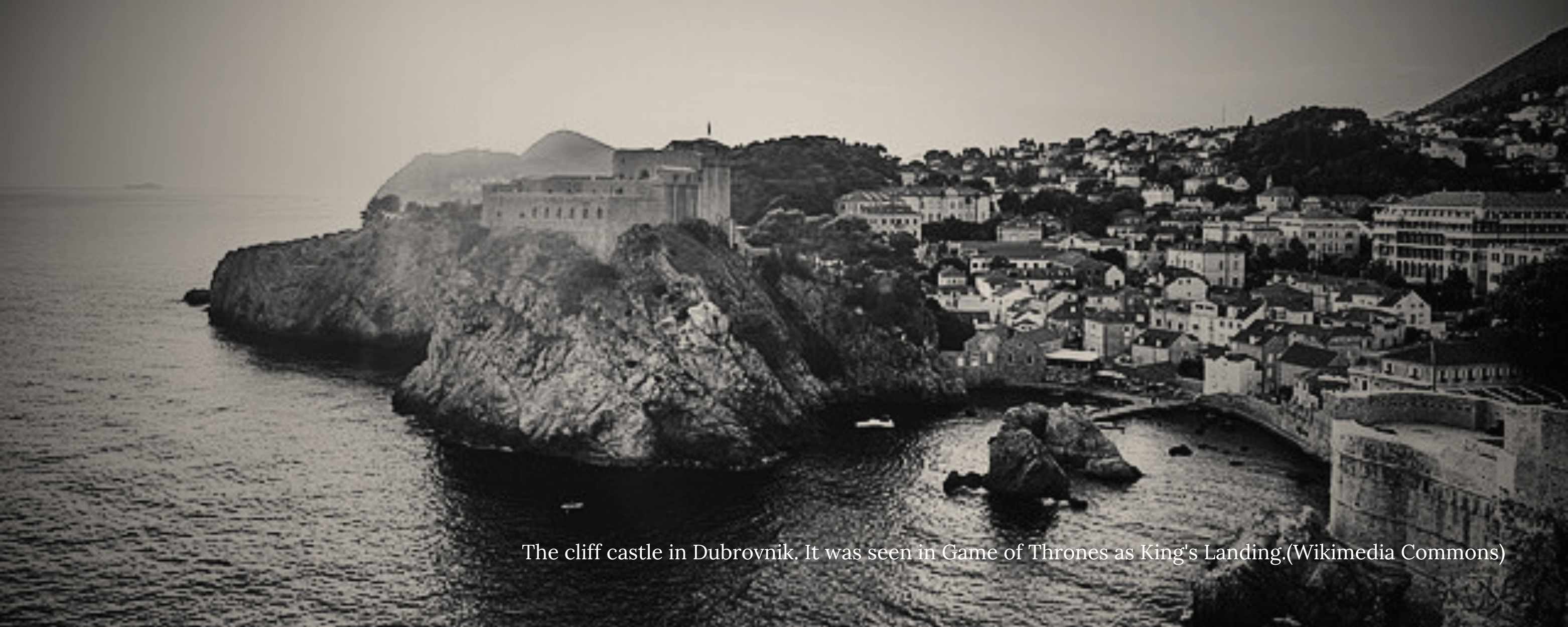
Dubrovnik, Croatia: Cersei Lannister won't be happy about it..careful!
Croatia’s coastal jewel boasts pristine medieval architecture and a stunning Adriatic location. Encircled by imposing stone walls, it’s dubbed “The Pearl of the Adriatic.” The Old Town, a UNESCO World Heritage Site, showcases exquisite Gothic and Renaissance structures like the Rector’s Palace and Sponza Palace. Dubrovnik’s global recognition soared as a “Game of Thrones” filming location (The King’s Landing), drawing enthusiasts worldwide. Along the Dalmatian Coast, its crystal-clear waters and scenic beaches offer a blend of history and coastal splendour.
Navigating tourism’s impact presents challenges, yet Dubrovnik’s allure as an Adriatic gem remains undiminished. The surge in visitors has raised concerns about infrastructure strain, environmental impact, and preserving the city’s cultural heritage. Steps have been taken to limit cruise ship arrivals and regulate tourism flows. (Balancing Tourism and Preservation in Dubrovnik)

Antarctica: Do not leave your marks here!
Earth’s southernmost continent, is an immaculate wilderness of ice and snow, largely untouched by human presence. It is the coldest, driest, and windiest continent, with vast ice sheets, towering glaciers, and stunning icebergs. Antarctica is home to unique and hardy species, including penguins, seals, and seabirds, which have adapted to its extreme conditions. Scientific research conducted here provides crucial insights into climate change and the planet’s history.
Antarctica faces growing tourism interest. While tourism in Antarctica is strictly regulated, concerns about potential impacts such as waste disposal, disturbance of wildlife, and introduction of non-native species persist. Efforts are ongoing to minimize the ecological footprint of visitors and ensure responsible exploration. (Tourism and Environmental Responsibility in Antarctica)
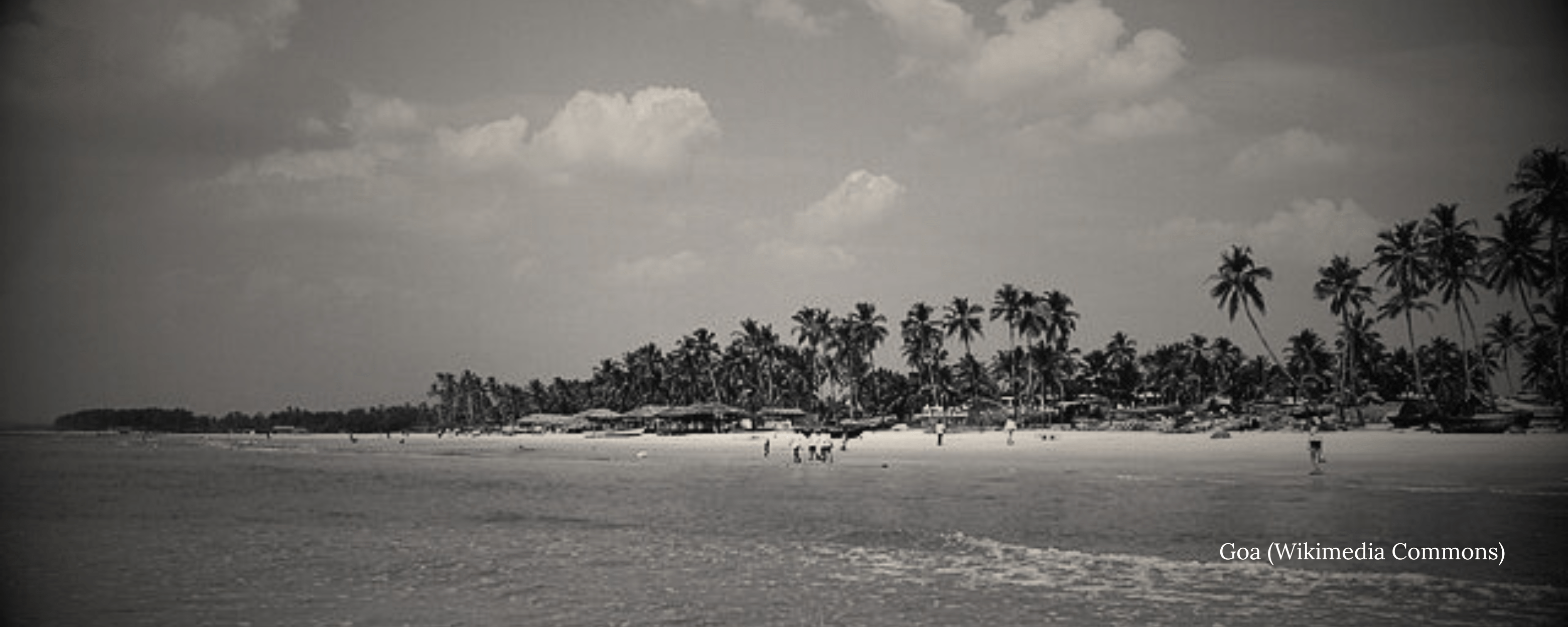
Goa, India: Don’t ruin your Child’s tourist destination!
Goa, a coastal paradise on India’s western shores, is renowned for its beaches, vibrant culture, and rich history. It offers a unique blend of Indian and Portuguese influences, reflected in its architecture, cuisine, and festivals. Visitors flock to its pretty beaches like Baga, Palolem, and Anjuna, where they can indulge in water sports or simply bask in the sun. Goa’s bustling markets, such as the Anjuna Flea Market, are a shopper’s delight, offering everything from handicrafts to jewellery. The state’s lively nightlife, beach shacks, and seafood cuisine make it a favourite destination for both relaxation and revelry.
Goa has faced environmental challenges due to tourism. The state’s coastal areas have witnessed unregulated development, beach erosion, and issues related to waste management. Protecting the fragile coastal ecosystem while promoting sustainable tourism practices is a key concern. Efforts are being made to regulate construction along the coastline and promote responsible tourism to preserve Goa’s natural beauty. (Balancing Beach Tourism and Conservation in Goa)
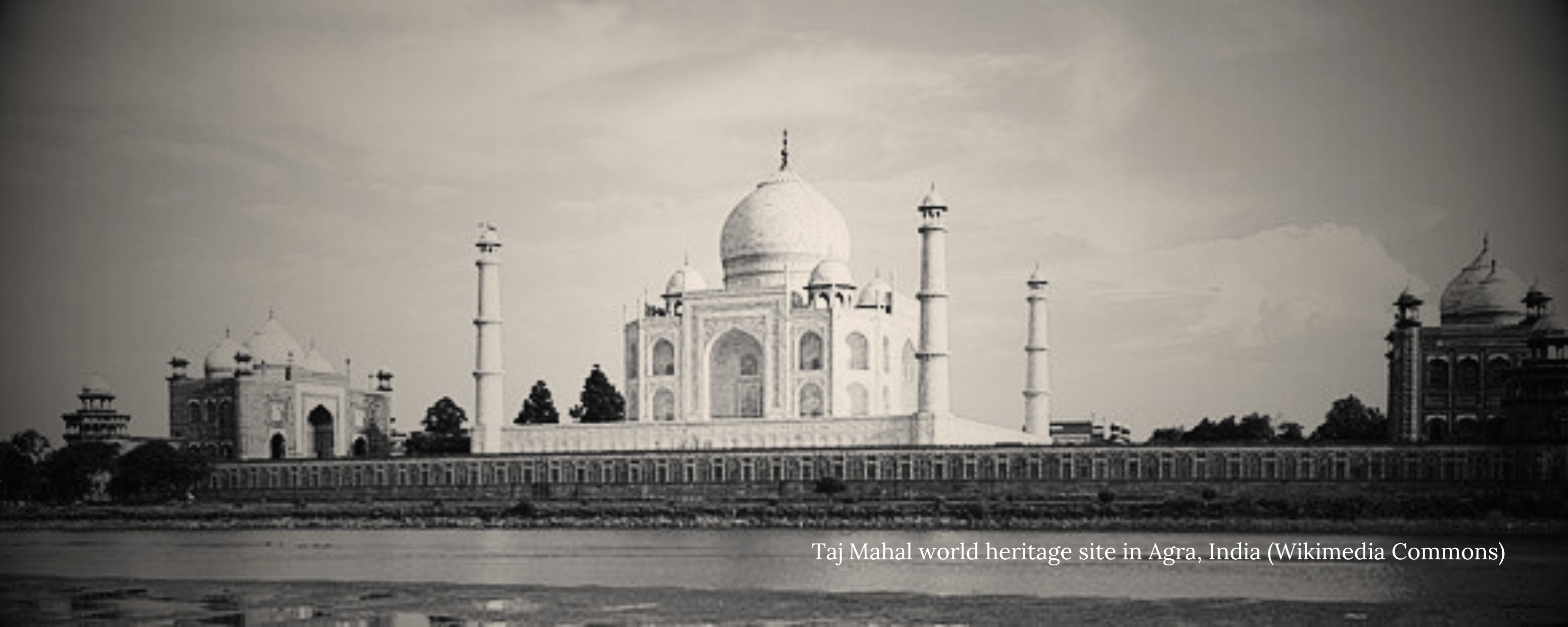
Agra, India: Show some Respect!
Agra in northern India, is synonymous with the majestic Taj Mahal. This UNESCO World Heritage site is a stunning marble mausoleum that stands as an enduring symbol of “love”. Built by Emperor Shah Jahan in memory of his beloved wife Mumtaz Mahal, the Taj Mahal’s exquisite architecture and intricate details leave visitors in awe. Its white marble facade changes hues with the sunlight, creating a mesmerising spectacle. Agra, with its historical significance and other architectural wonders like the Agra Fort, is a testament to India’s rich heritage. The Taj Mahal’s timeless beauty continues to attract millions of tourists from around the world.
The Taj Mahal, one of India’s most iconic monuments, has faced threats from pollution and overcrowding. Agra, the city housing the Taj Mahal, has experienced increased air pollution, which can lead to discolouration and damage to the monument’s marble. Managing visitor numbers and improving air quality in the vicinity of the Taj Mahal is critical for its preservation. (Conservation Efforts for the Taj Mahal)
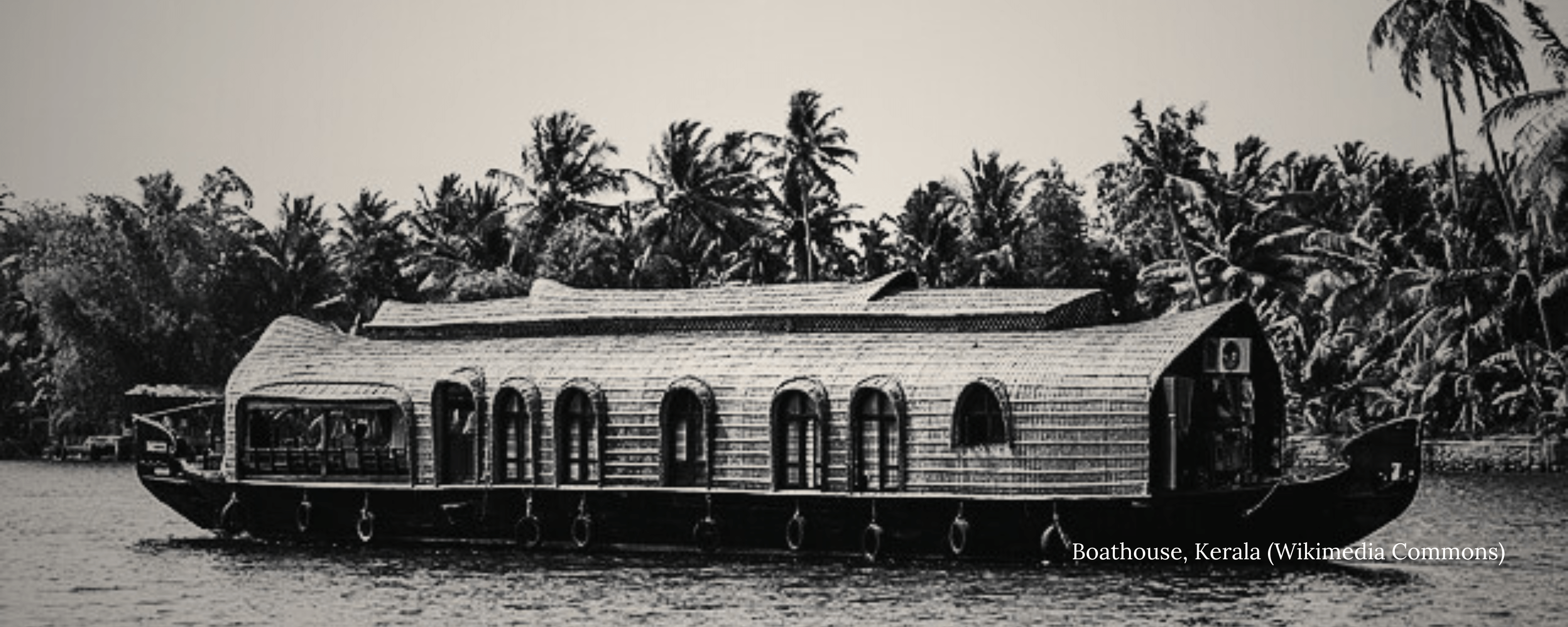
Kerala, India: It's known for relaxation and good food, what other reasons do you need?
Kerala is often referred to as “God’s Own Country” for its breathtaking natural beauty. Known for its lush green landscapes, serene backwaters, and clean beaches, Kerala offers a tranquil escape. The backwaters, a network of interconnected canals and lagoons, are a unique attraction where houseboats glide along the peaceful waters. The Western Ghats in Kerala, a UNESCO World Heritage Site and biodiversity hotspot has been a popular destination for ecotourism. With a rich cultural heritage, diverse cuisine, and vibrant festivals, Kerala is a captivating destination that offers a perfect blend of nature, culture, and relaxation for travellers.
While ecotourism can contribute to conservation efforts and local livelihoods, it also poses challenges such as habitat disturbance and waste management. Kerala has implemented ecotourism guidelines and initiatives to strike a balance between promoting tourism and preserving the rich biodiversity of the Western Ghats. (Ecotourism in Kerala’s Western Ghats)
In closing, our exploration of the perils of tourism in this first chapter has exposed the urgent need for a moral and sustainable approach to travel. The environmental and cultural costs of unchecked tourism are clear, and the consequences of our actions ripple across the globe. However, it’s essential to remember that responsible tourism not only mitigates these perils but also fosters a profound connection with the world, leading to improved health and well-being for both travellers and the destinations they visit. In the chapters to come, we will delve deeper into the virtues of travel and its profound health benefits, all while advocating for a more sustainable and considerate approach to exploring the world. So, join us in Chapter 2 as we embark on a journey towards a healthier world through responsible tourism.

Dr Darshit Patel, MBBS

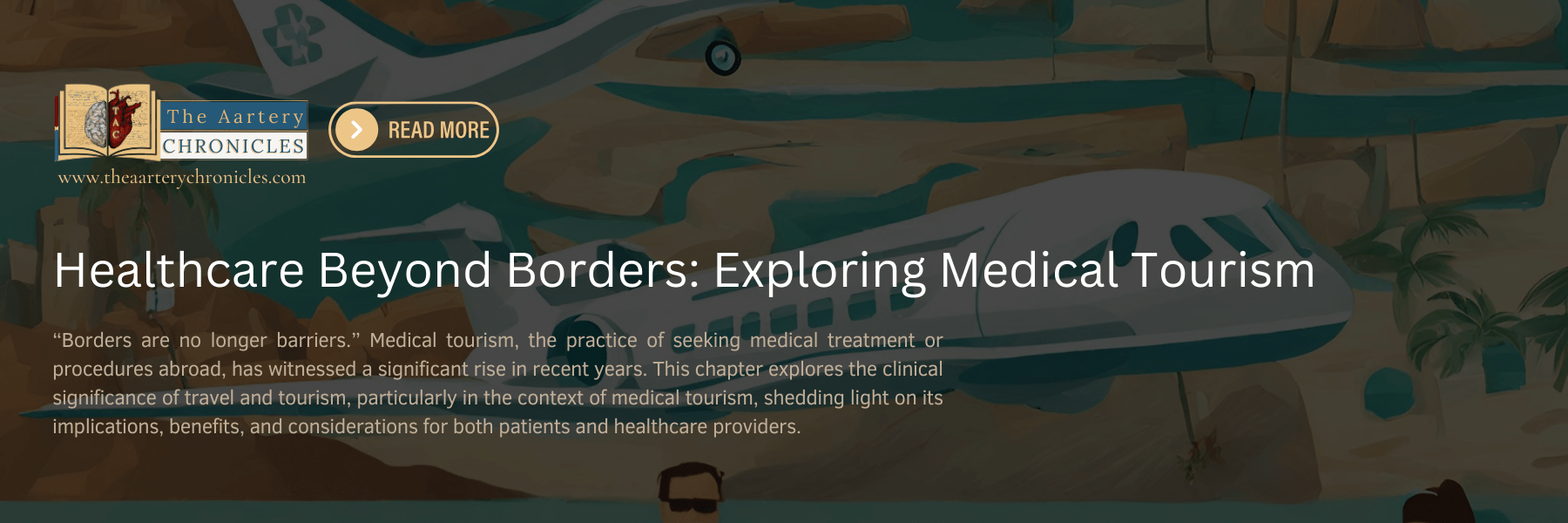




Excellent 👌
A unique approach in tourism that generally isn’t talked about, this is an eye opener, much needed and informative wisdom which is required in this peak hour of sustainability, may the environment be blessed and people understand and imply these measures.
Commendable writing by Dr Darshit 😍 for giving tourism a different perspective where pragmatic and judicious responsibilities needs to be taken into consideration by all future tourists!! ✌️
I think the admin of this site is genuinely working hard in favor of his website, since here every stuff is quality based data.
Hello everybody, here every person is sharing these experience, therefore it’s good to read this web site, and I used to go to see this blog daily.